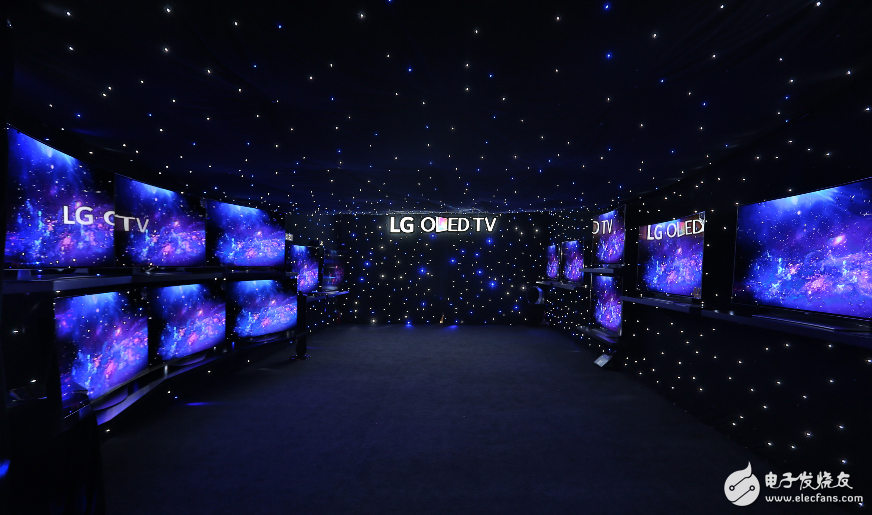Since 2016, the rapid development of display technology, including FMM evaporation and inkjet printing OLED technology has become a hot spot in the industry. The main difference between fine metal mask (FMM) evaporation and inkjet printing is the equipment and materials used to make these organic layers. When using FMM to make these organic layers, a vacuum device is required. Solid materials are added to the device and these OLED materials are then evaporated by heating. The evaporation source is applied to the surface of the substrate in a pixel pattern through a mask. But inkjet printed OLEDs work differently. The basic principles are similar to those found in homes and offices. The inkjet printing method mainly uses a solvent to melt the OLED organic material, and then directly prints the material on the surface of the substrate to form an R (red), G (green), B (blue) organic light-emitting layer. The OLED printing process has the following advantages over a typical FMM (fine metal mask) process. First, the process is simpler; second, the organic light-emitting material has higher evaporation efficiency; third, it is easier to handle large substrates, especially those of Gen8 and above; and finally, the manufacturing cost is lower. With these advantages, the printing process is mainly aimed at large-size substrates, especially the development of Gen8 and above TV panels. However, the printing process also has some drawbacks. In fact, the materials of the printed OLED process are not yet large enough for mass production, but the goal of many industry participants is to develop a mass production printing process by 2018. Printed OLEDs also face numerous challenges, including improvements in material luminescence efficiency and lifetime. It is well known that printed materials, especially blue luminescent materials, need to be improved because the lifetime and luminous efficiency of blue luminescent materials are lower than those of other colors. Therefore, recently, Korean and Japanese OLED equipment manufacturers have developed the technology of “mixing FMM (fine metal mask) with printing processâ€: that is, red-green organic materials are processed by printing process, while blue organic materials are made of typical FMM (fine The metal mask is processed and then the three luminescent materials are combined. Most importantly, the number of material manufacturers capable of conducting research on printed OLED materials is very limited. So far, only about five chemical material manufacturers around the world are able to conduct research and production of printed OLED materials such as Merck, DuPont, Sumitomo Chemical and Nissan Chemical. Korean panel makers are currently leading the research and development of OLED printing technology. The printing process is mainly for the replacement of large-size substrate evaporation. Since LG Display is currently the only manufacturer of OLED TV panels, it is particularly active in the development of OLED printing processes. In fact, LG Display has set up a test equipment for the Gen8 size OLED printing process on the Korean production line for research. However, since luminescent materials are still in development, much of the work depends on the material manufacturer, not the panel manufacturer. It seems that it takes more time to develop materials that meet the performance levels required for display panels. Many manufacturers, even emerging manufacturers in China, are developing printing processes for OLED production. However, given the current state of the art, experience and material development, it seems to take more time than panel manufacturers expect. IHS Markit believes that this goal will be achieved by around 2020.
We are a leading company name in between the most trusted companies in this business, engaged in providing Polycrystalline Solar Panel. Our Polycrystalline Solar Panel is manufactured by using quality tested components at our vendors end. Our product range is known for its high quality, less maintenance and optimum functionality.
Polycrystalline Solar Panel,Polycrystalline Silicon Solar Panel,Polycrystalline Pv Solar Panel,Polycrystalline Flexiable Solar Panel Delight Eco Energy Supplies Co., Ltd. , https://www.cndelight.com